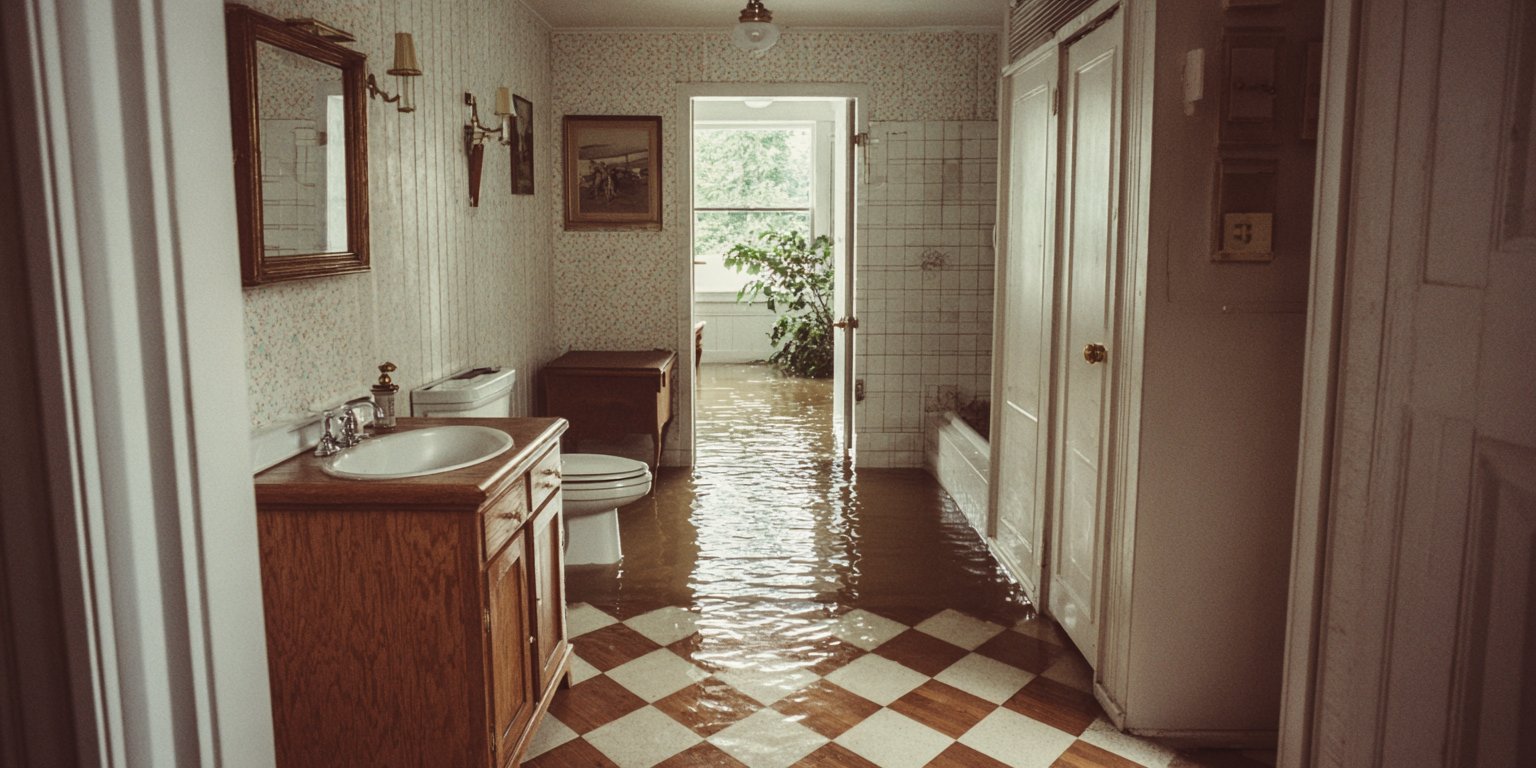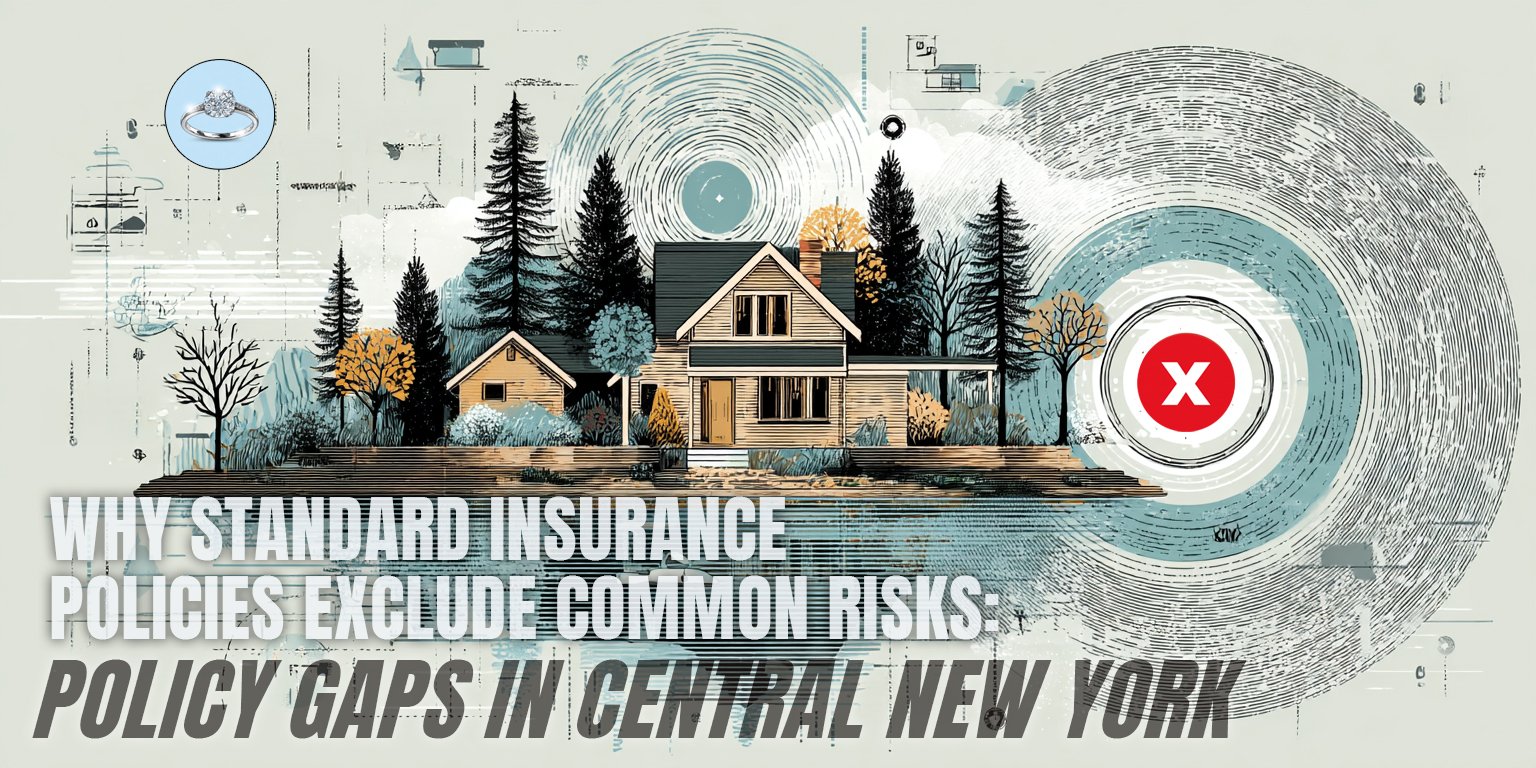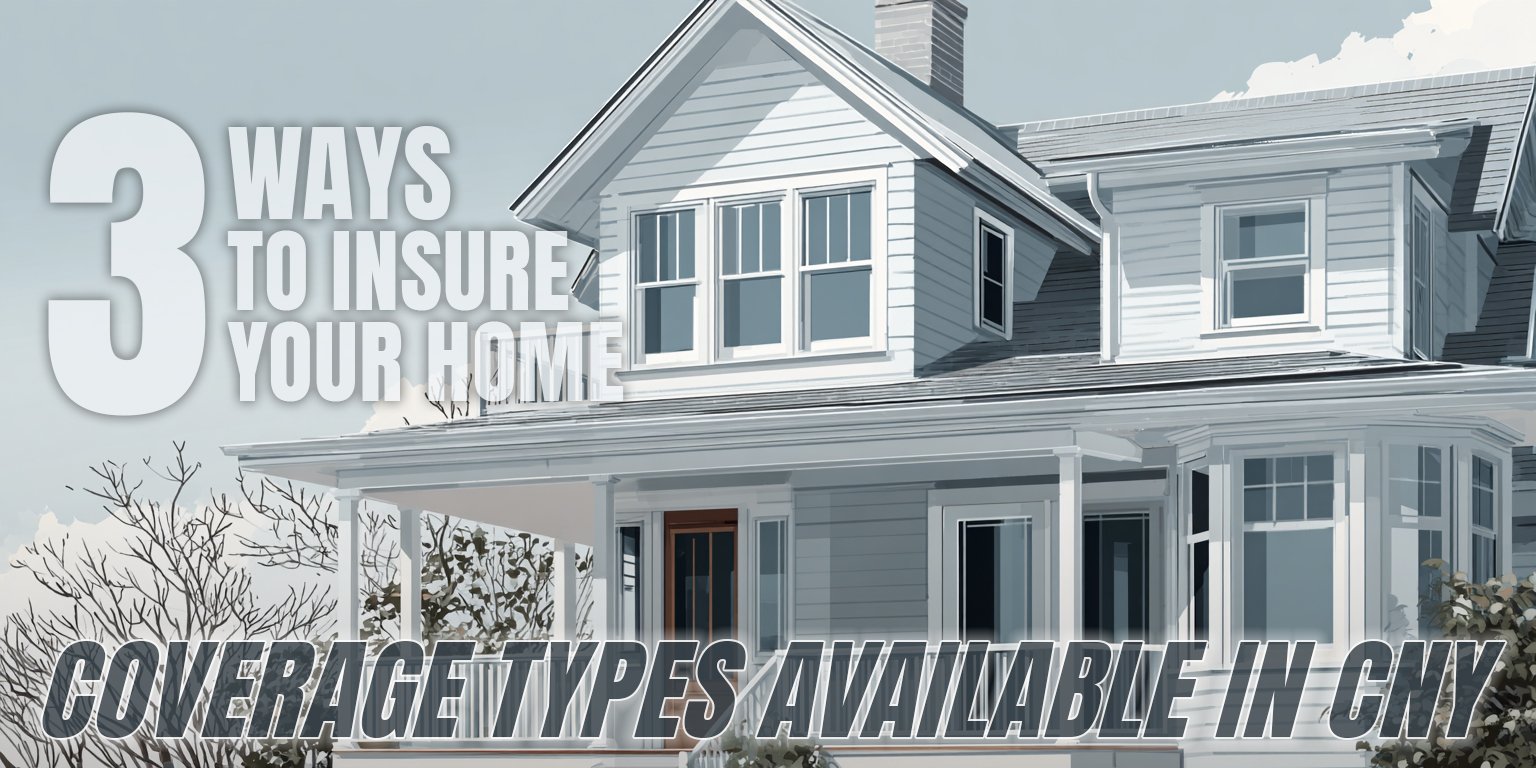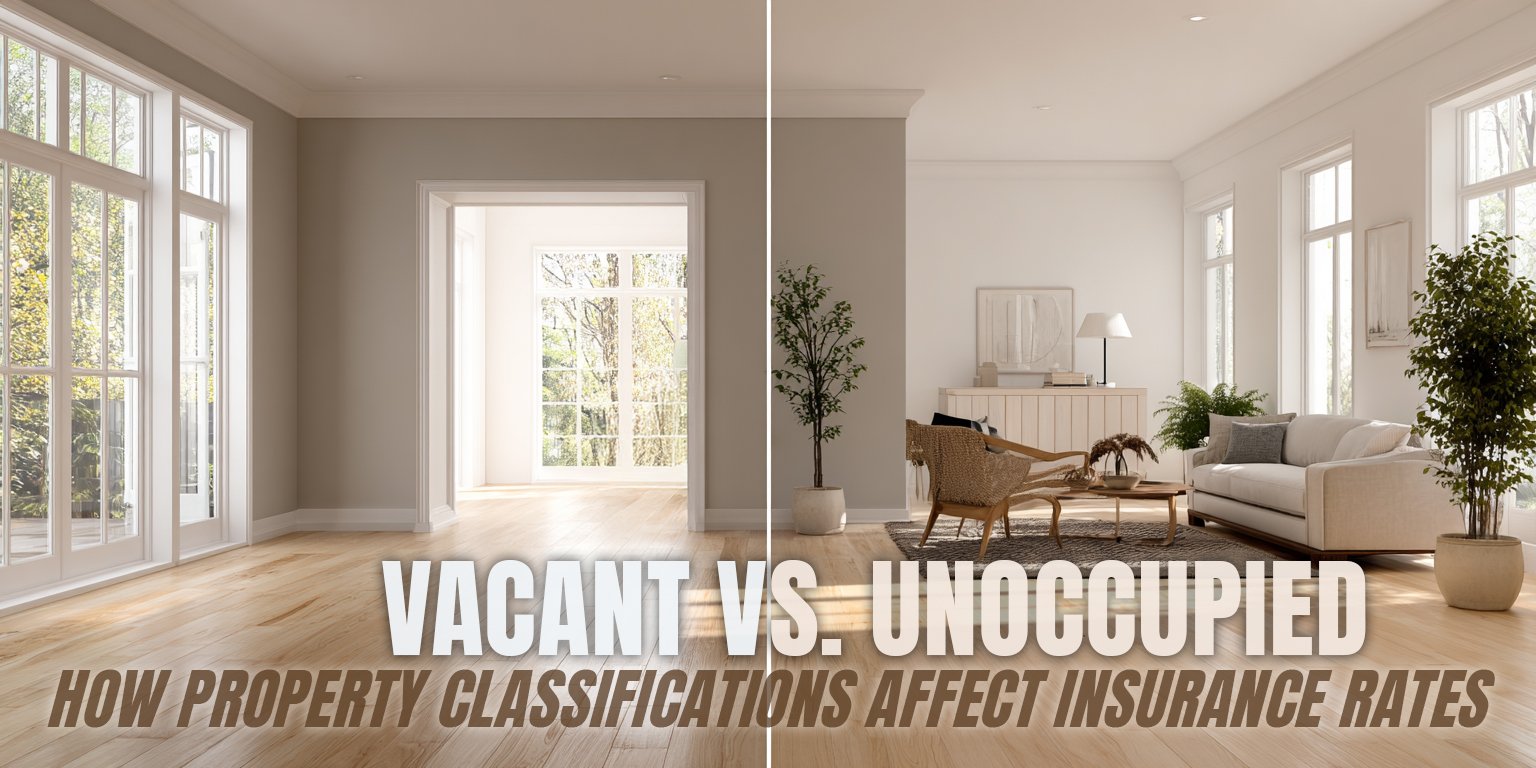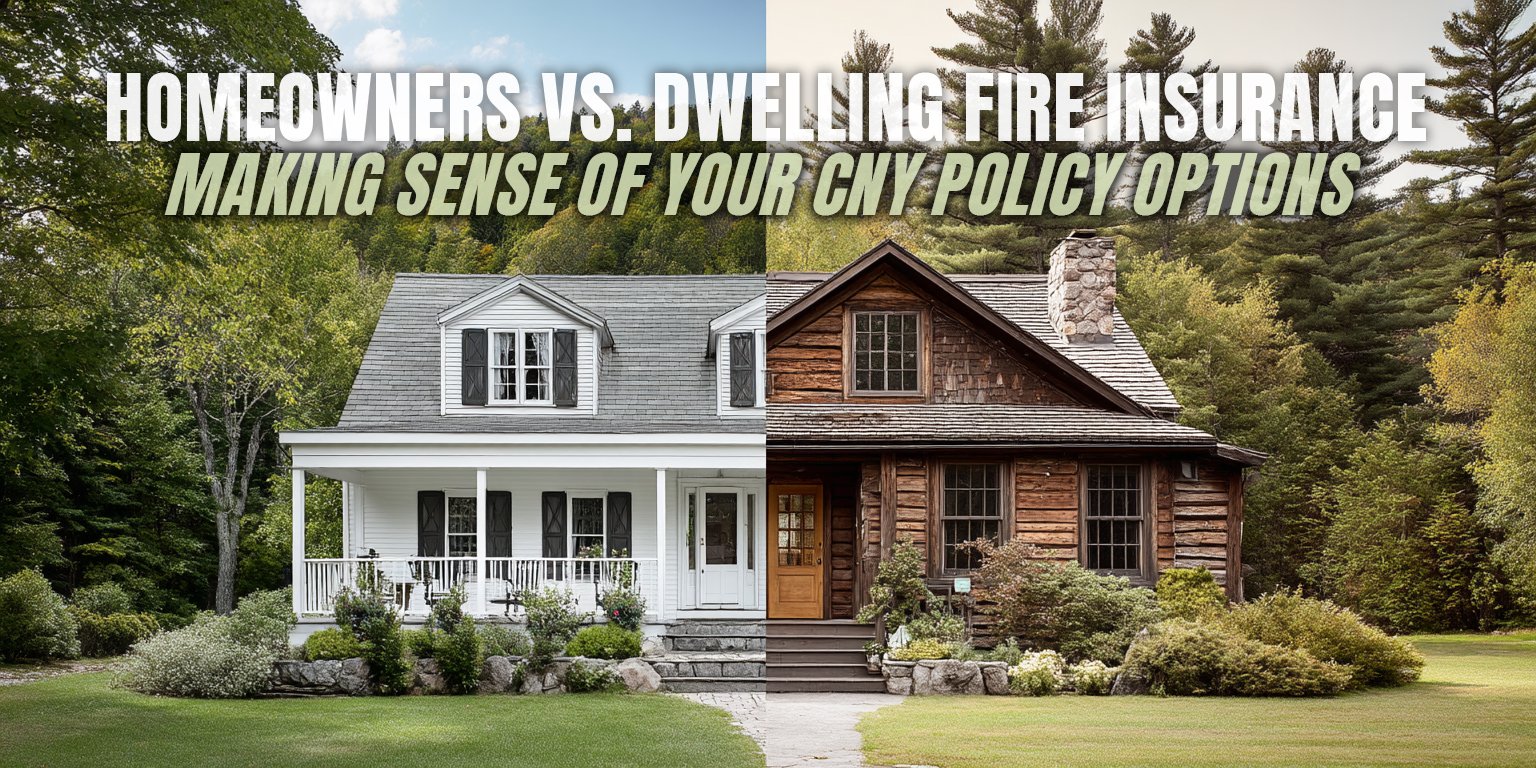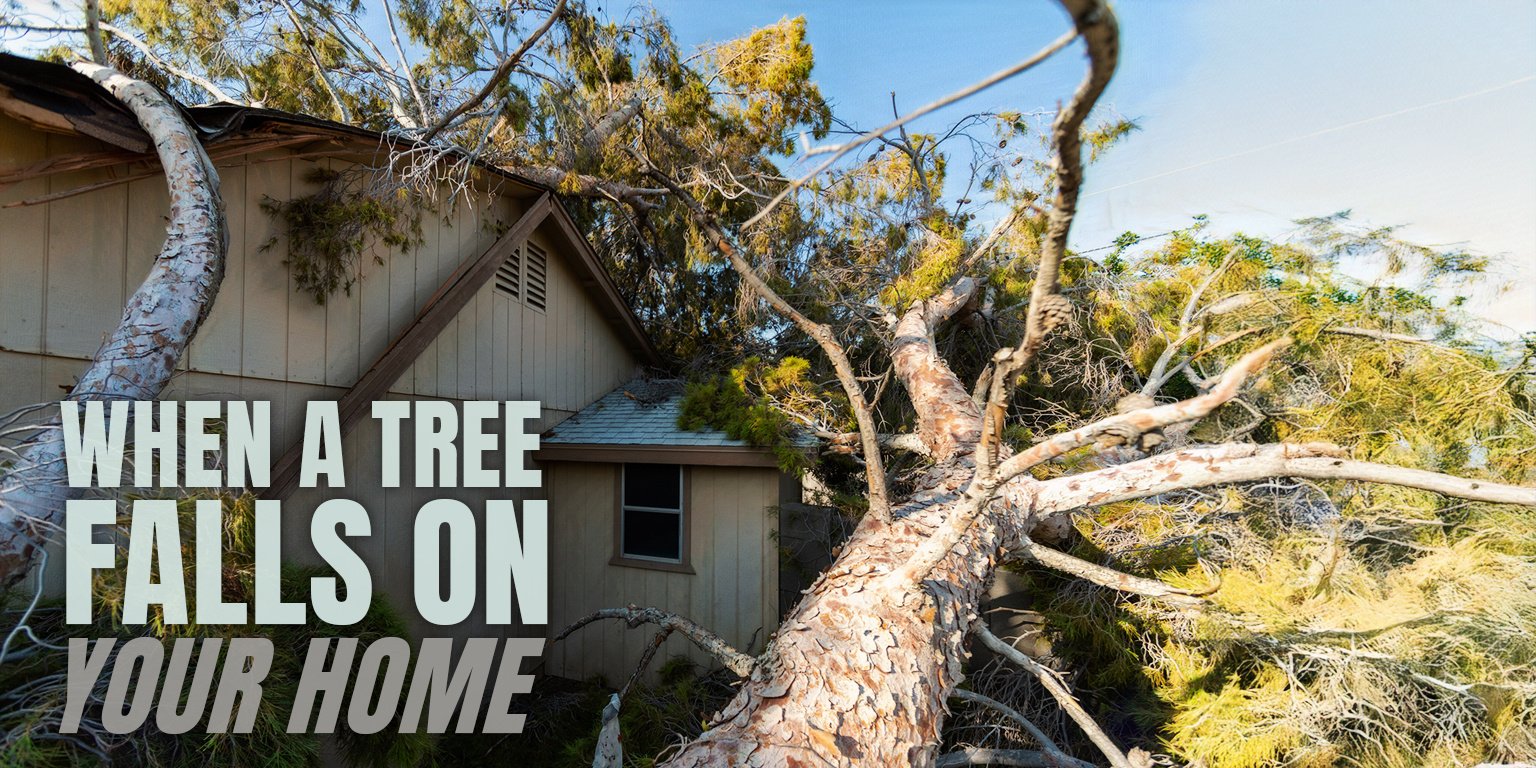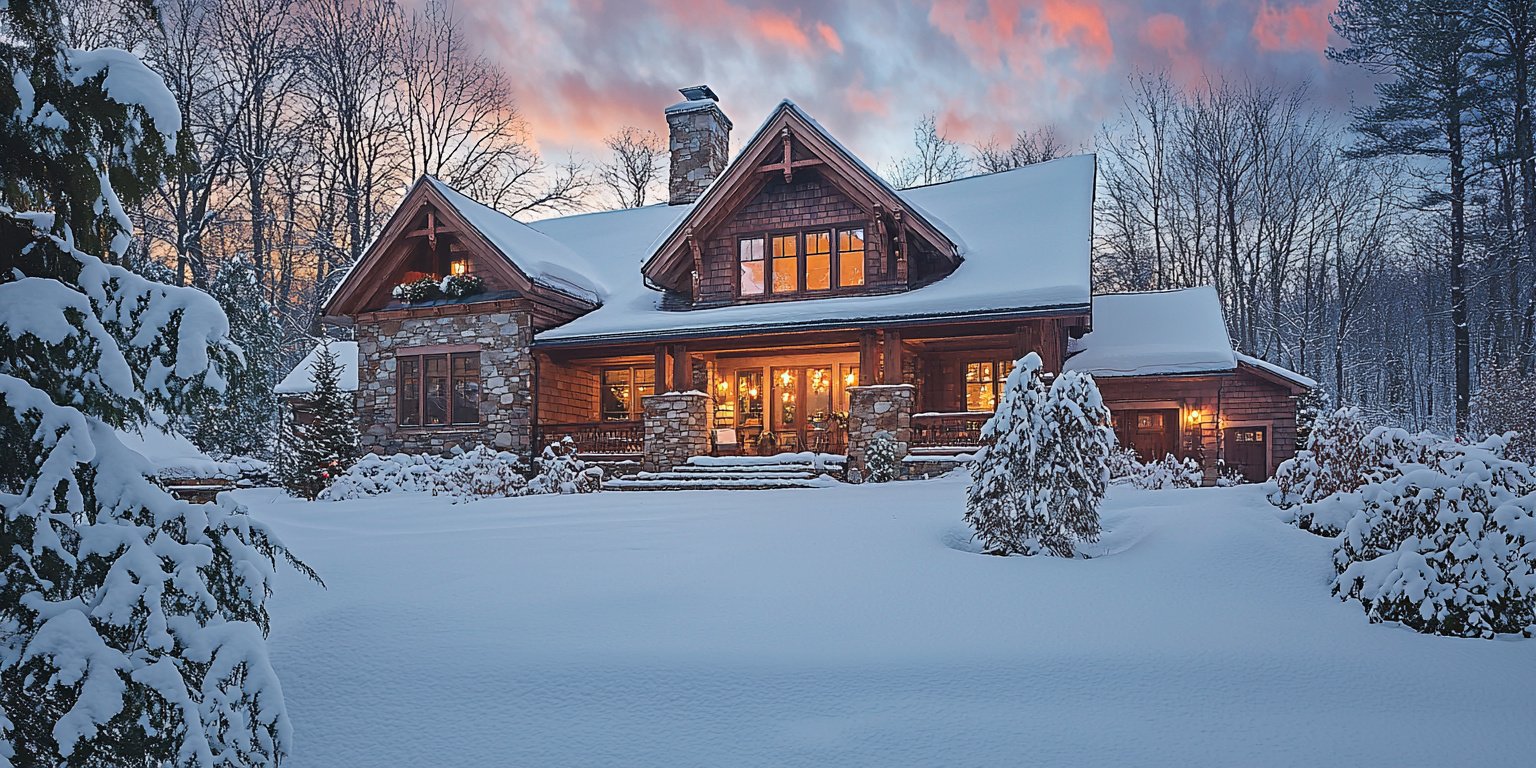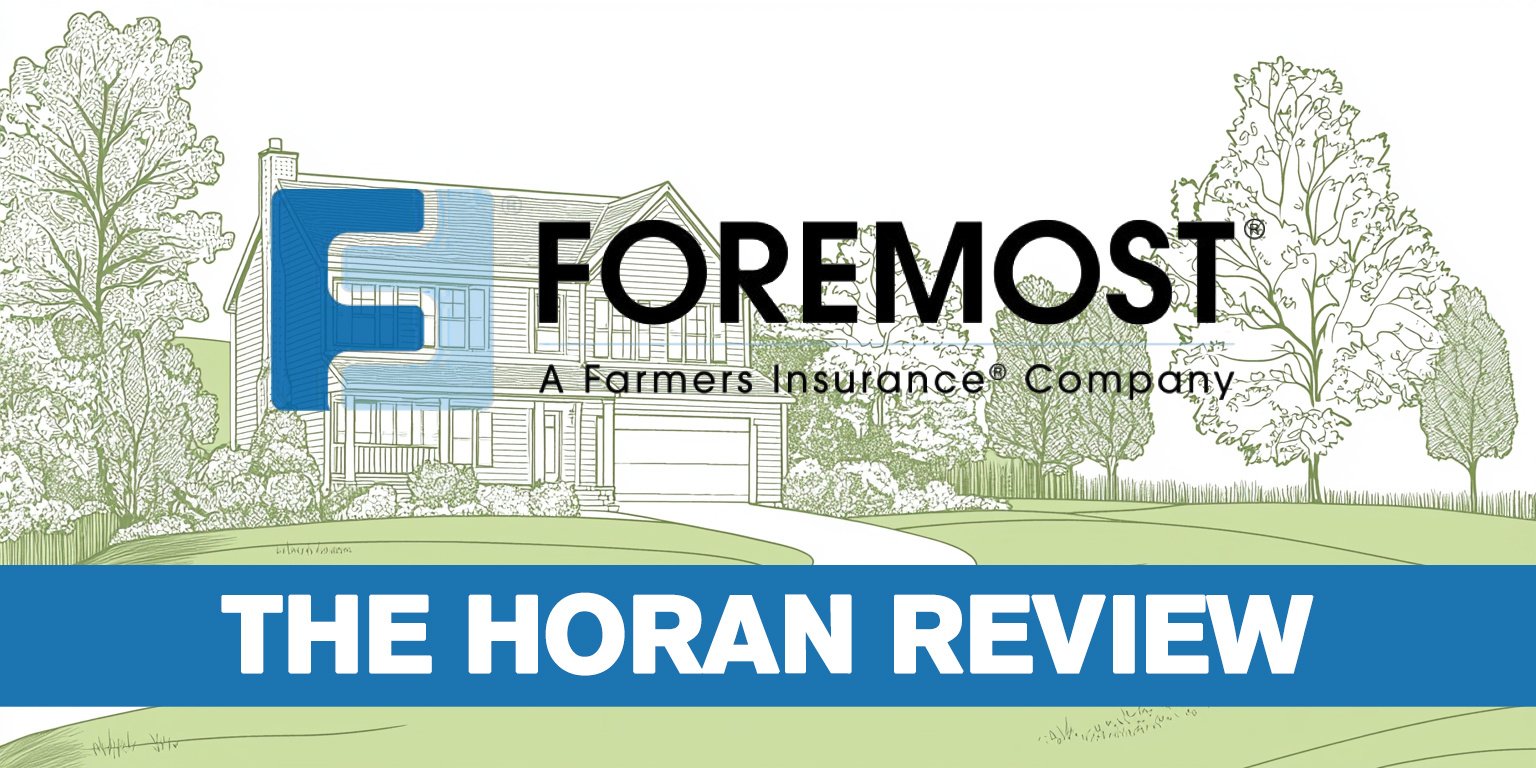Discovering damage to your Central New York home creates immediate stress. Your roof shows water stains after winter storms, your basement floods during spring thaw, or your furnace stops working during a January cold snap. You file a claim, expecting coverage, only to receive a denial letter citing "maintenance issues" or "gradual deterioration."
At the Horan insurance agency, we assist Central New York homeowners with information about the distinction between maintenance-related damage and covered losses. We work with multiple carriers to help homeowners explore coverage options that address their unique circumstances.
This article examines how insurers distinguish between maintenance and covered losses, common scenarios where CNY homeowners face denials, and approaches to document claims while maintaining your property.
How Insurance Companies Evaluate Maintenance vs. Sudden Loss Claims
Insurance policies cover sudden and accidental damage, not gradual deterioration from lack of upkeep. This distinction forms the foundation of many claim decisions, but the line between the two often creates confusion for homeowners.
Insurers evaluate claims by examining the cause and timeline of damage. A tree falling on your house during a windstorm represents sudden, accidental damage. However, if that tree fell because it was diseased and you ignored obvious warning signs for months, the insurer might argue the damage resulted from negligence rather than the storm itself.
The "sudden and accidental" requirement means damage must occur within a relatively short timeframe due to an unexpected event. Water damage from a burst pipe typically qualifies, while water damage from a pipe that leaked slowly for months may not.
Central New York's harsh winters, freeze-thaw cycles, and heavy snow loads can accelerate normal wear on homes. Insurers understand these regional factors, but they still expect homeowners to maintain their properties according to reasonable standards.
Common CNY Scenarios Where Maintenance Claims Get Denied
Central New York homeowners face specific situations where insurers frequently cite maintenance issues to deny claims. Understanding these scenarios can help you better prepare for the claims process.
 Winter Ice Dam Damage
Winter Ice Dam Damage
Ice dams form when heat escapes through your roof, melting snow that refreezes at the gutters. The resulting water backup can cause significant interior damage. However, insurers often deny these claims if they determine inadequate insulation or ventilation contributed to the problem. In CNY, where ice dams are common, proper documentation becomes crucial.
Basement Water Damage
Spring flooding and heavy rains can overwhelm basement waterproofing systems. Insurers may deny claims if they find evidence of previous water intrusion that wasn't addressed, failed sump pumps that weren't maintained, or foundation cracks that developed over time without repair.
Roof Collapse from Snow Load
Heavy snowfall can stress older roofs. While sudden collapse from excessive snow often represents a covered loss, insurers investigate whether the roof's age, condition, or previous damage contributed to the failure. A 25-year-old roof that collapses might face scrutiny differently than a newer roof experiencing the same snow load.
Heating System Failures
When furnaces fail during January cold snaps in Rome or Oswego, the resulting frozen pipes and water damage should qualify for coverage. However, insurers examine maintenance records and may deny claims if they find evidence of neglected annual servicing or ignored repair recommendations.
Effective Documentation and Maintenance Strategies
Proper preparation provides your strongest position when filing claims. This becomes particularly important given Central New York's challenging weather conditions.
Beyond documenting your property's physical condition and maintenance history, consider creating a comprehensive inventory of your personal belongings. Detailed documentation of your home contents can expedite claims processing and help ensure accurate settlements when covered events damage your possessions.
Comprehensive Record Keeping
Keep detailed records of all home maintenance, including receipts, photos, and contractor reports. Document annual furnace servicing, roof inspections, gutter cleaning, and any repairs. When filing a claim, this documentation demonstrates your property stewardship efforts.
Visual Evidence Throughout the Year
Take photos of your property's condition regularly, particularly before and after severe weather events. If February ice storms damage your roof, photos from the previous fall showing its condition can support your claim timeline.
Professional Assessment Documentation
Schedule regular inspections by qualified contractors for major systems like roofing, heating, and plumbing. These reports provide independent verification of your property's condition and can address insurer questions about maintenance history.
Weather Event Records
Document severe weather events affecting your area. Weather service reports, local news coverage, and municipal emergency declarations can support claims by establishing the severity of conditions that caused damage.
Seasonal Maintenance Implementation
Develop maintenance schedules that address regional climate demands. This includes fall preparation before winter weather, spring inspections after harsh conditions, and annual system servicing. Address minor issues promptly. A loose shingle noticed during fall cleanup should be repaired immediately, not deferred.
How to Handle Disputes When Insurers Classify Covered Losses as Maintenance
When insurers deny claims by citing maintenance issues, you have several options for addressing their decision. The key lies in understanding their evaluation process and providing evidence that may contradict their conclusions.
Request Detailed Explanations
Insurers must provide specific reasons for claim denials. Ask for detailed explanations of how they determined the damage resulted from maintenance issues rather than covered events. This information reveals the basis for their decision and helps you identify areas to address.
Obtain Independent Assessments
Consider hiring qualified contractors to evaluate the damage and provide written opinions about its cause. A roofing contractor's report stating that recent wind damage caused roof problems, rather than deferred maintenance, can carry significant weight in discussions.
Review Your Policy Language
Carefully examine your policy's definitions of covered events and exclusions. Many maintenance exclusions apply only when the lack of maintenance was the direct cause of damage, not merely a contributing factor. Understanding these distinctions helps you present your position effectively.



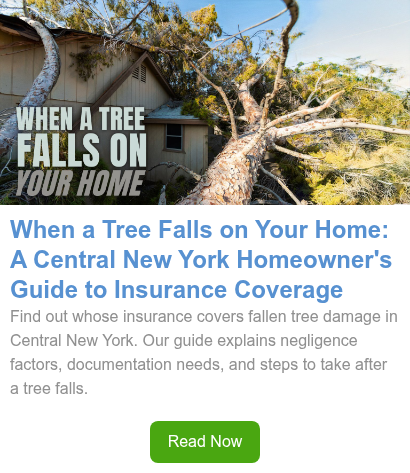
 Winter Ice Dam Damage
Winter Ice Dam Damage







